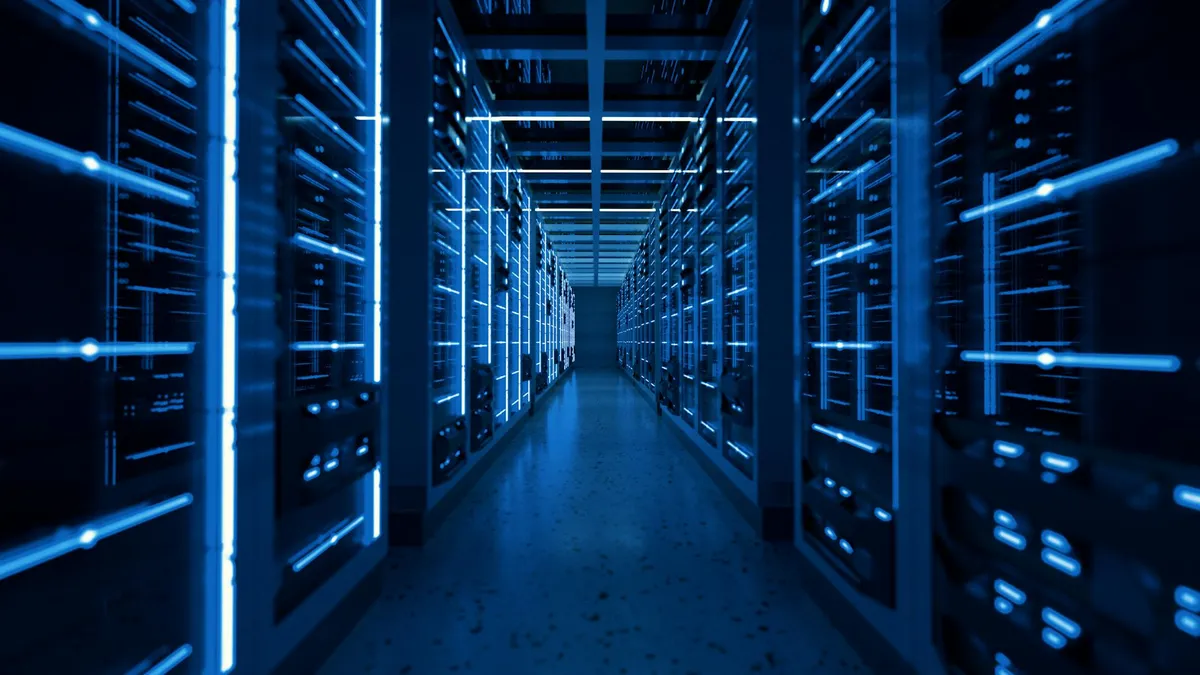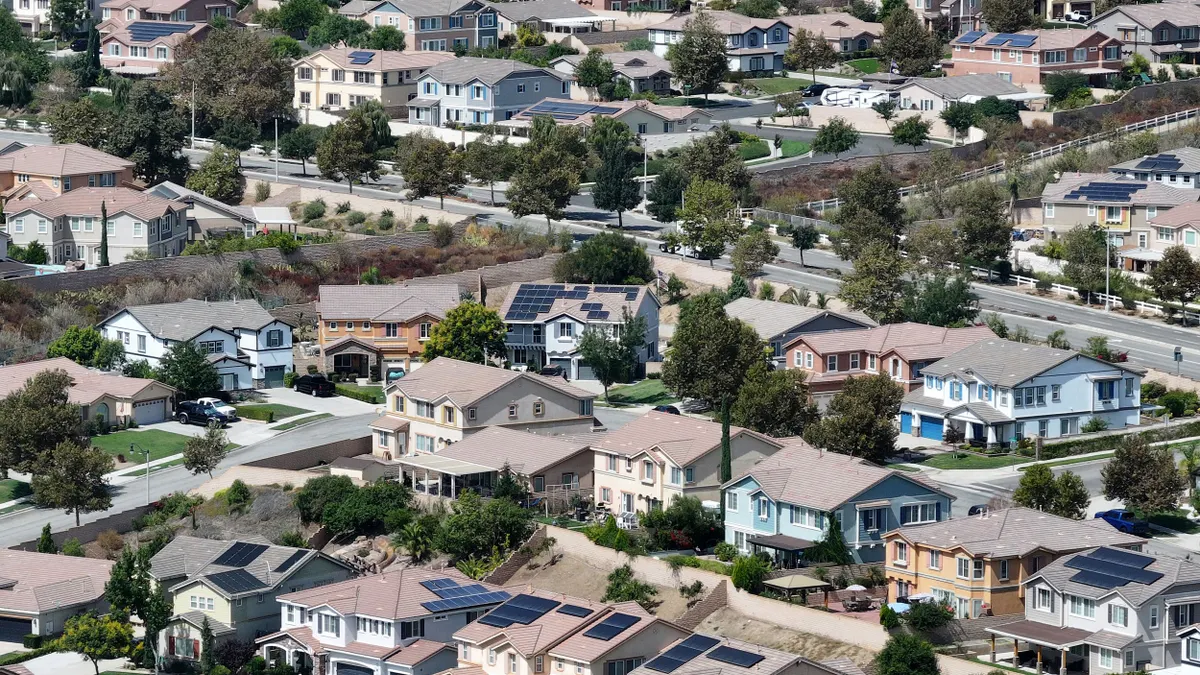Brad Viator is an energy consultant who specializes in state policy with more than a decade of experience leading public policy for the utility industry.
In November 2022, the launch of ChatGPT marked a milestone in artificial intelligence, further straining an already stressed electricity grid. The growing demand for digital services, electric vehicles and clean energy, now coupled with AI, poses significant energy challenges. As we enter a technological revolution, it is critical to address these challenges head-on.
AI's potential is seemingly unlimited, and a robust grid is essential for American competition and tech innovation. AI has already transformed various fields, from education to autonomous vehicles. However, the energy required to power the data centers supporting AI and cloud services is limited.
In 2022, the overall consumption of data centers across the United States was 17 GW. By 2030, that number is expected to climb to 35 GW annually. With power markets already struggling, this increase will challenge the grid's reliability and affordability. Companies like Microsoft, Google and Amazon are investing heavily in energy, particularly carbon-free sources, to support their growth. This competition for clean power could limit consumer access and drive up the price of energy.
In early March, Talen Energy sold its 960-MW data center campus, Cumulus Data Assets, to Amazon Web Services in a $650 million, 10-year power purchase agreement. The center, linked to the Susquehanna Nuclear Station in Northeast Pennsylvania, will supply fixed-price nuclear energy to Amazon. This deal also removes capacity from PJM, redirecting it solely to Amazon's data center.
AWS's power commitment increases by 120-MW increments over several years, with a cap at 480 MW and options for two ten-year extensions. This acquisition allows tech giants to shift significant consumption to carbon-free energy, helping them meet net-zero carbon goals. However, if utilities can't keep up, companies may need to reassess their carbon goals or build significant behind-the-meter generation.
Recently, Google announced it would end its commitment to operational carbon neutrality, moving to a net-zero goal by 2030. This shift allows Google to expand without being constrained by carbon impacts, placing a financial burden on their growing power consumption and relying on market pressures to drive clean energy.
As copycat deals begin to crop up, like they did following the 2016 Amazon PPA with Dominion Energy in Virginia, policymakers will have to address tech companies subtracting clean energy from the grid. These deals reduce overall grid capacity and siphon renewables from the wholesale market.
Over the past few years, PJM’s capacity has been declining, with consumption outpacing new construction and minimal dispatchable capacity in the queue. Last year alone, PJM’s capacity auction yielded 2,000 fewer megawatts than the year prior, continuing a three-year trend of decreasing megawatts offered. This year's auction was far worse, with nearly 12,000 fewer megawatts clearing at a price almost ten times higher than last year's.
AWS’s decision to subtract existing clean energy resources leaves residents of PJM with fewer carbon-free resources. The lost capacity will likely be replaced with natural gas, which contradicts the views of advocacy groups like the Clean Energy Buyers Alliance, which published an opinion piece last year titled “Customer-driven clean energy procurement, not regulation, is driving decarbonization.” In the piece, CEBA wrongly suggested that regulation isn’t required to mobilize the growth and that large customers are already choosing clean energy resources and building capacity.
Regulators and policymakers must react effectively to big tech’s acquisition of renewable resources by driving investments in new dispatchable energy and capacity. If they don’t, everyone else will be left with less clean energy and higher prices.
That’s why American Electric Power and Exelon jointly filed with the Federal Energy Regulatory Commission, rightfully arguing that the proposed agreement between Talen Energy and AWS could unfairly burden ratepayers and negatively impact market operations and reliability. The results of the recent capacity auction in PJM seem to support their claim, but FERC will need to find the courage to reject a private transaction in a wholesale market that offers minimal protection to customers in PJM.
Fortunately, there are mechanisms in some parts of the country that can prevent this subtraction without FERC’s intervention. State regulators in traditionally regulated markets have the authority to control electricity supply, and to approve deals like the one AWS and Talen Energy signed. Regulators in Pennsylvania and other wholesale markets should take notice and redevelop the tools they eliminated when they deregulated electricity markets in the last century. This will preserve the ability to advocate for consumers and ensure carbon-free capacity remains available.
As we navigate the intersection of AI growth and energy consumption, it is critical to ensure that our infrastructure evolves to meet new demands. Policymakers, regulators and tech giants must collaborate to create an energy landscape that supports innovation without compromising sustainability and reliability. By proactively addressing these challenges, we can pave the way for a more intelligent and cleaner future together.






















